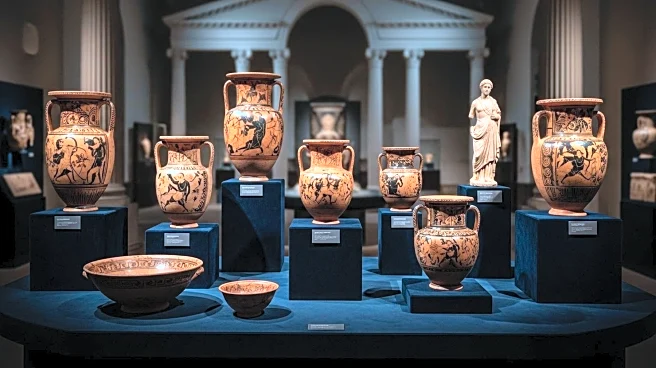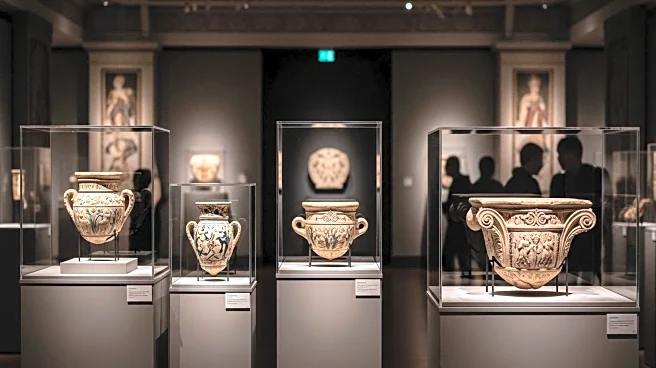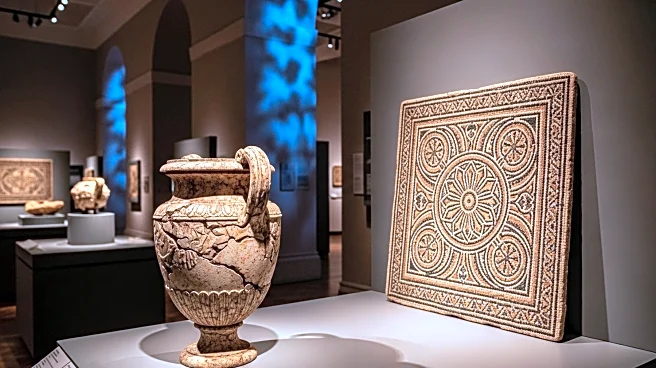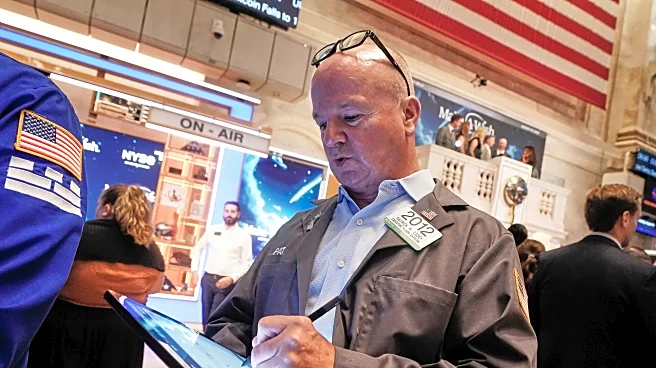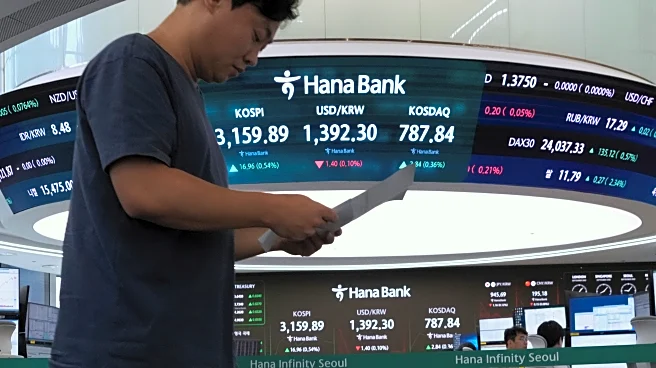What's Happening?
The Manhattan District Attorney's office has been actively seizing antiquities from dealers, collectors, and museums since 2017, with approximately 6,000 objects repatriated to countries such as India, Mexico, China, and Greece. This aggressive approach has been bolstered by a favorable court ruling allowing the seizure of artworks like the Egon Schiele drawing at the Art Institute of Chicago. The DA's stance is that any artwork once stolen remains stolen, regardless of current ownership, leading to seizures based on allegations of stolen property. This approach contrasts with other jurisdictions that honor foreign good faith purchases and limitation periods.
Why It's Important?
The DA's actions have significant implications for the art market in New York, potentially deterring dealers and museums from sending artworks to the city due to the risk of seizure. This could impact the city's reputation as a global art hub and affect the legal rights of possessors. The approach challenges traditional views on art ownership and provenance, creating uncertainty for those involved in the art trade. Museums and collectors may need to ensure cast-iron provenance or immunity from seizure protection to avoid legal complications.
What's Next?
The Art Institute of Chicago is appealing the court's decision regarding the Egon Schiele drawing, which could set a precedent for future cases. The DA's office may continue its aggressive pursuit of antiquities, potentially leading to more legal battles and affecting the flow of art into New York. Stakeholders in the art market may need to reassess their strategies and consider the legal risks associated with holding art in the city.
